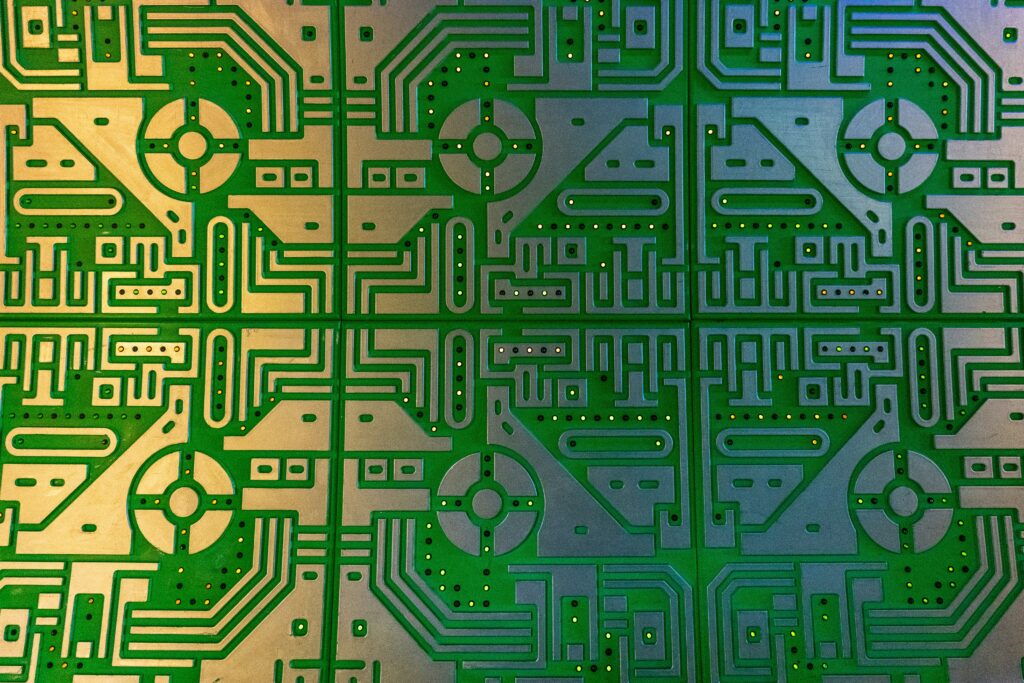The annual Consumer Electronics Show (CES) 2024 served as a vibrant testament to the accelerating pace of AI integration into everyday technology. This year, the spotlight was firmly on devices that boasted on-device AI capabilities, pushing beyond mere cloud connectivity. Manufacturers like Samsung, Intel, and Qualcomm showcased an array of products, from AI-powered laptops with dedicated Neural Processing Units (NPUs) that enhance video calls and graphic rendering, to smart home hubs that can predict energy usage and automate routines based on learning your household’s patterns. These innovations signal a shift towards more personal, efficient, and secure AI experiences right at the ‘edge’ – on your device itself – minimizing latency and maximizing data privacy.
Recent market analysis underscores this burgeoning trend. According to a report by Grand View Research, the global AI in consumer electronics market size was valued at USD 13.5 billion in 2022 and is projected to grow at a compound annual growth rate (CAGR) of 20.9% from 2023 to 2030. This growth is primarily fueled by increasing demand for intelligent devices, smart home appliances, and wearable technology that offer enhanced user experiences and automation. The report highlights significant investments by tech giants in AI research and development, particularly in areas like natural language processing, computer vision, and predictive analytics, all of which are critical for the next generation of smart gadgets. This data confirms that AI is not just a buzzword; it’s a driving force behind a multi-billion dollar industry shift.
The implications of this widespread AI adoption are profound, touching various aspects of industry and society. In the healthcare sector, AI-powered wearables are evolving beyond simple fitness trackers, now capable of monitoring vital signs, detecting early symptoms of chronic diseases, and even providing personalized health coaching. Smart homes are becoming truly intelligent ecosystems, managing everything from climate control and security to grocery shopping, learning from user behavior to optimize comfort and efficiency. For professionals, AI-integrated laptops and smartphones are transforming productivity, offering real-time language translation, advanced content creation tools, and intelligent assistants that streamline workflows. While the benefits are clear, it also sparks important conversations around data privacy, ethical AI development, and the potential impact on employment, necessitating a balanced approach to innovation.
Looking ahead, industry experts are predicting an era of ubiquitous AI, where intelligence is seamlessly embedded into every object around us. Sarah J. White, a leading tech analyst at Gartner, recently commented, “The next five years will see AI moving from a ‘feature’ to the fundamental operating system of our digital lives. We anticipate a significant surge in personalized AI experiences, where devices not only respond to commands but proactively offer solutions and anticipate needs, making technology truly invisible and intuitive.” This future envisions AI systems that can communicate and collaborate across different devices and platforms, creating a truly interconnected and intelligent environment. The continuous refinement of AI models, coupled with advancements in hardware, promises an exciting future where technology adapts to us, rather than the other way around. To keep up with the latest advancements in this field, make sure to check out our AI Innovations section regularly. For further reading on global AI market trends, you can refer to insights from Gartner’s AI Predictions.

